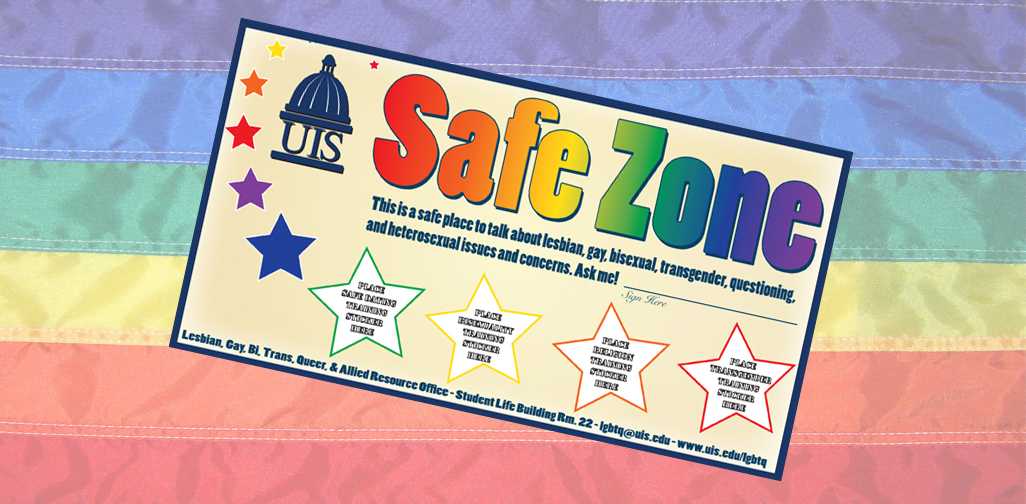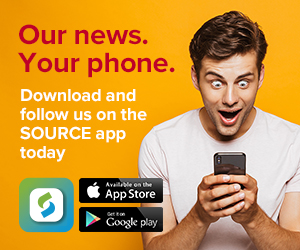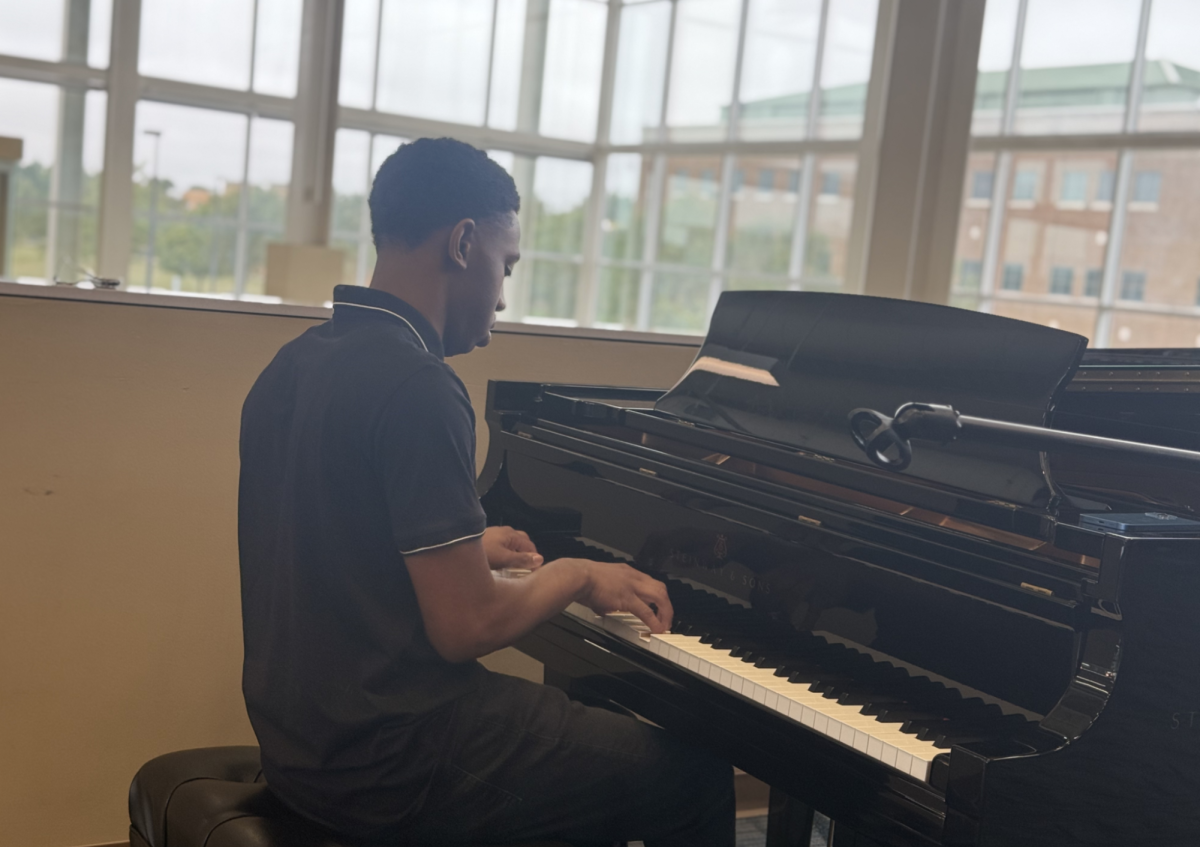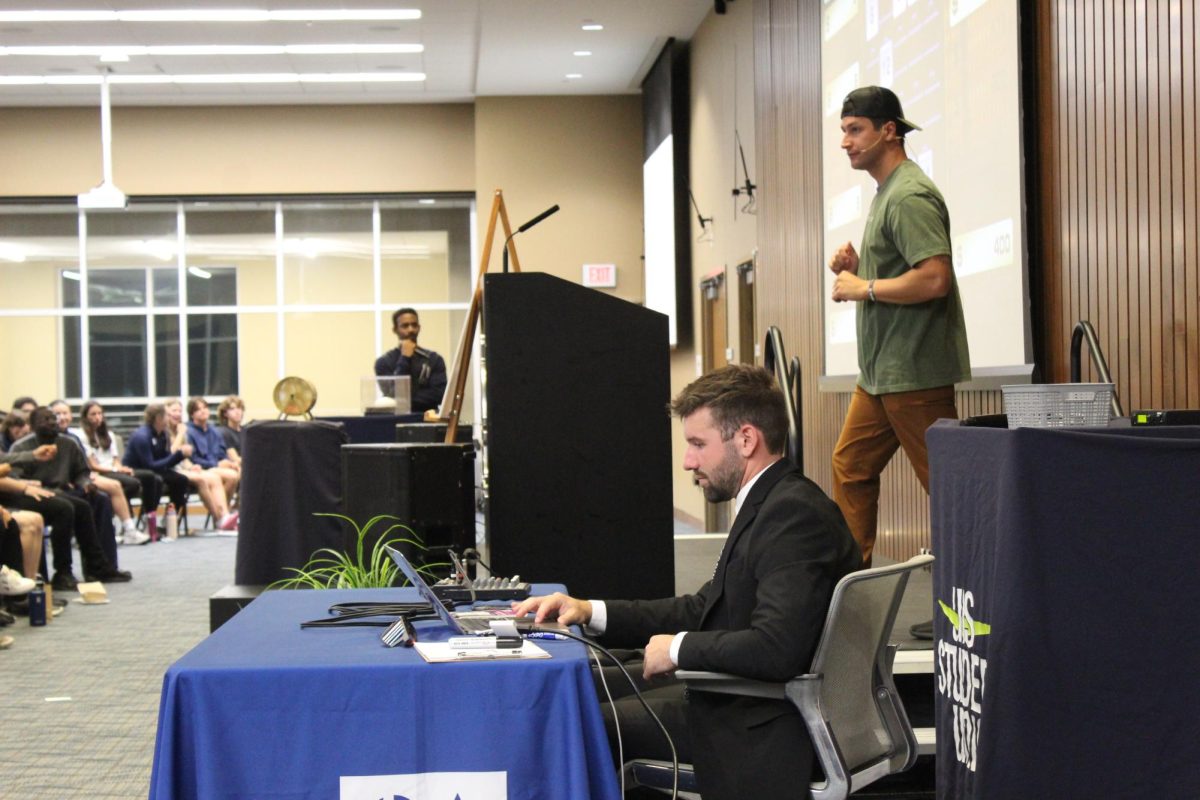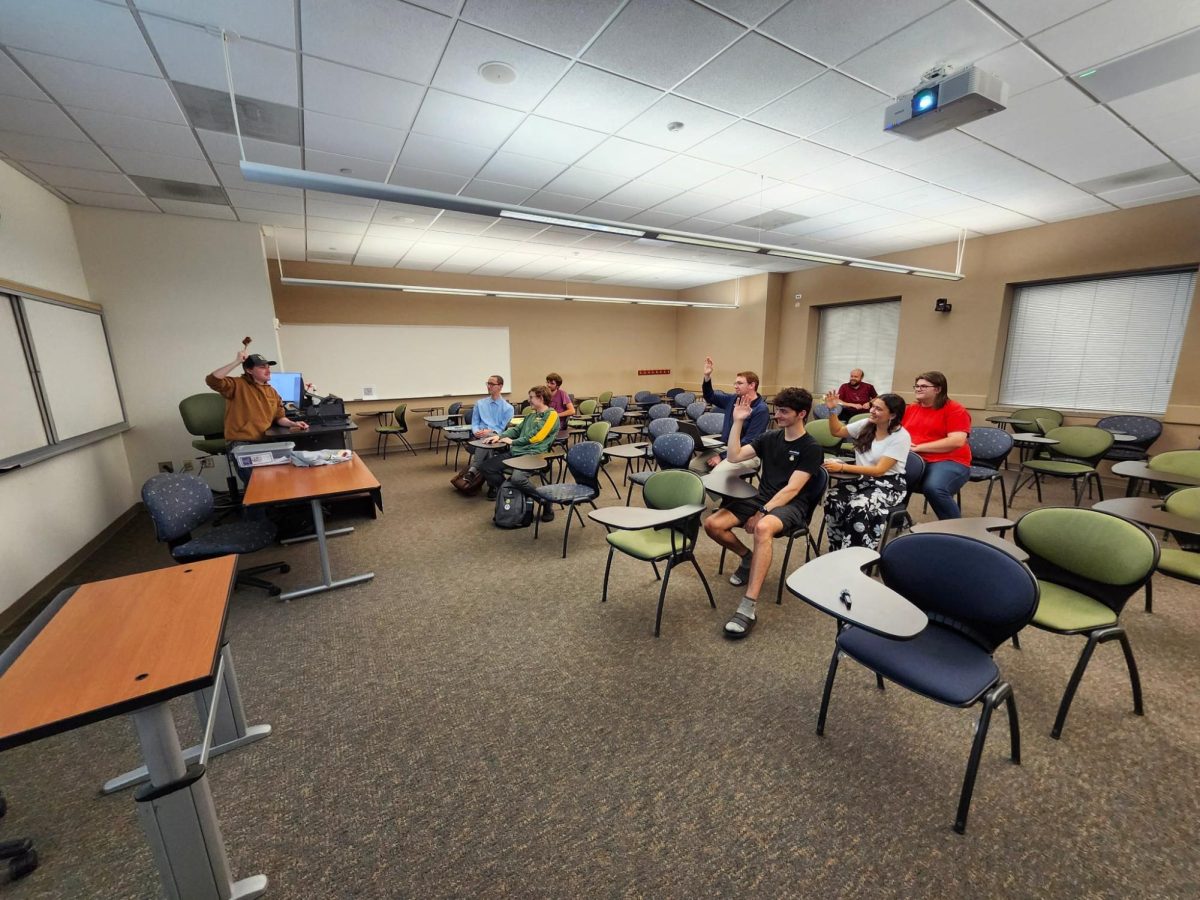The LGBTQA Resource Office is introducing a new version of its Safe Zone program. The revised program features an expanded curriculum and a new sign in an effort to increase the number and visibility of members who, according to the program’s mission statement, provide “a personal space that is free from homophobia, heterosexism, and transphobia while serving as a resource to LGBTQ and allied students.”
Kerry Poynter, Director of the LGBTQA Resource Office, says that the “hallmark of the program is the public identification with these signs.” The new signs identify faculty, staff, or students who have completed the training program and are committed to providing “a safe place to talk about lesbian, gay, bisexual, transgender, questioning, and heterosexual issues and concerns.” There are four spots for stickers on the sign, indicating which topical workshops the member has attended.
To qualify as a Safe Zone member, applicants must complete a three-hour “Fundamentals” course plus at least two of four advanced sessions. Advanced topics include safe dating and relationships, religion, bisexuality and pansexuality, and transgender issues. Poynter says the program is designed “to meet people where they are developmentally,” which is why the reconfigured curriculum offers applicants the option to test out of the fundamental course and choose which advanced workshops they’re most interested in.
UIS has a nondiscrimination policy that all faculty and staff must agree to uphold, but Poynter says that Safe Zone members take extra steps to educate themselves and advertise their commitment to discussing these issues. The classes invite participants to practice discussing issues with colleagues and peers. “There are no PowerPoints and no lecturing,” Poynter says of the classes.
“They’re full of activities. People are getting up and moving around, learning from each other, and sharing how to talk about these issues. Really, these are workshops,” in which participants “critically examine and think about what it will be like to publicly identify themselves as someone who wants to be an ally to this community of students,” he says.
Students and others are ensured then that “individuals who put these signs up are good people to talk to,” Poynter says. Evidence suggests such programs benefit campus social climate. In early 2012, the Office of the Vice President for Academic Affairs of the University of Illinois, at the direction of then-President Michael Hogan, published the results of the University-Wide Climate Survey. The results reported that faculty, staff, and students identifying as lesbian, gay or bisexual rated the climate as less positive than their heterosexual peers.
Poynter says studies have shown that programs like Safe Zone positively impact assessments of nondiscriminatory and supportive environments, particularly as participating students influence their peers. “Students are coming from backgrounds perhaps, definitely here at UIS, where they didn’t have a chance to talk about these issues in a way that wasn’t anti-gay,” he says. When these students have questions or make friends or have roommates who identify as LGBT, Poynter hopes they will seek out a Safe Zone member with whom to discuss any questions they have.
All resident assistants at UIS are required to complete the fundamental course offered by the LGBTQA Resource Office. This does not, however, qualify them to be or require their participation in Safe Zone, which Poynter believes illustrates an important aspect of the program. “No one should be pressured to be part of this program. We’re all on our own journey,” he says. “Individuals who are doing this are taking some extra steps because they feel that this is important to them.”
Poynter, along with a coordinating committee, has set a goal of 100 Safe Zone members by the end of the academic year. Ideally, he would “like there to be some visible signs in every building on this campus.” There are plans to provide buttons, magnets, t-shirts, desktop monitor backgrounds, and online icons to Safe Zone members so students, faculty, and staff have different options for advertising their membership in the program.
Poynter ultimately believes that a major aspect of Safe Zone is encouraging dialog around these issues. “When people see the sign and ask, ‘What’s that about? It says you went to a training on bisexuality and pansexuality. I don’t get that. What was that like?’ Shouldn’t we be encouraging dialogue like that in an institute of higher education? Yes, we should.”

